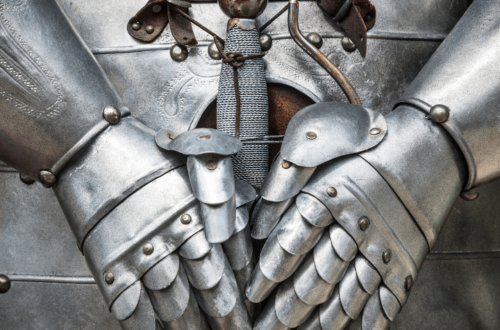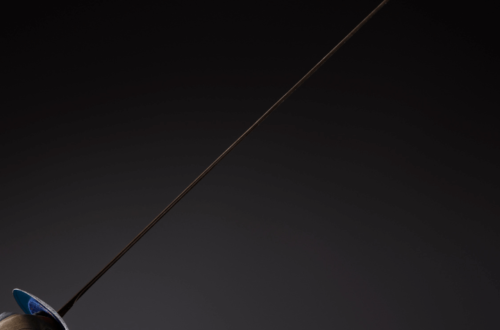
Must Have Fencing Gear
Fencing is a sport that dates back centuries and has evolved into a modern athletic competition. Fencing involves two competitors using specialized weapons to score points by striking their opponent while avoiding being struck themselves. To participate in this exciting sport, it is essential to have the right equipment. This article will discuss the must-have fencing gear for anyone interested in this unique and challenging sport.
Basic Fencing Gear
The basic fencing gear includes the fencing mask, jacket, glove, and pants. For fencers at all skill levels, certain equipment is indispensable. The fencing mask shields the face and eyes from potential harm caused by the fencing weapon, while the jacket, fashioned from sturdy material, safeguards the upper torso. The glove is designed to protect the hand that holds the weapon. The pants are also made of durable fabric and protect the lower body.
Fencing Weapons
There are three primary types of fencing weapons: foil, epee, and saber. The foil is a light, flexible weapon designed for thrusting attacks. The epee is a heavier weapon that is also designed for thrusting attacks. The saber is a lightweight weapon that is used for slashing attacks. Every weapon boasts its distinct features and attributes, making it crucial to select the one that best aligns with your individual style and preferences.
Advanced Fencing Gear
For more advanced fencers, there are additional pieces of gear that can enhance performance. Body cords connect the weapon to the electric scoring equipment, allowing for more precise scoring. Electric scoring equipment is used in competition to detect when a fencer has made a successful strike. Fencing shoes are also designed specifically for the sport, providing stability and support to the foot during the intense movements and footwork required in fencing.
Protective Gear
Protective gear is essential for any fencer, as it can help prevent injuries and enhance performance. Chest protectors are worn by female fencers to protect the chest area. Knee pads can help prevent knee injuries, which are common in fencing due to the high movement and lunging. Fencing bags are also essential gear, allowing fencers to transport and store their equipment safely.
Choosing the Right Fencing Gear
Choosing the right fencing gear is essential for optimal performance and safety. When selecting gear, consider your level of experience, preferred weapon, and the fit of the equipment. Fencing gear should fit snugly but not be too tight or restrictive, which can hinder movement and cause discomfort. Taking into account the composition and excellence of the equipment is vital, as these factors can influence its longevity and performance.
Maintenance and Care
Proper maintenance and care of fencing gear is crucial for its longevity and effectiveness. After each use, gear should be wiped down with a clean, damp cloth to remove sweat or debris. Masks should be washed regularly with soap and water and left to air dry. Fencing jackets and pants should be washed according to the manufacturer’s instructions. Storing equipment in a cool, dry environment is crucial to avoid harm caused by humidity or high temperatures.
Where to Buy Fencing Gear
There are various options for purchasing fencing gear, including online retailers, sporting goods stores, and specialty fencing shops. As you acquire equipment, conducting thorough research and examining reviews is crucial to guarantee that you invest in top-notch gear from a dependable supplier.
Conclusion
Fencing is a unique and challenging sport that requires specialized equipment to participate safely and effectively. The must-have fencing gear includes the fencing mask, jacket, glove, pants, and the appropriate weapon for your style. Additional gear such as body cords, electric scoring equipment, and fencing shoes can enhance for more advanced fencers.


